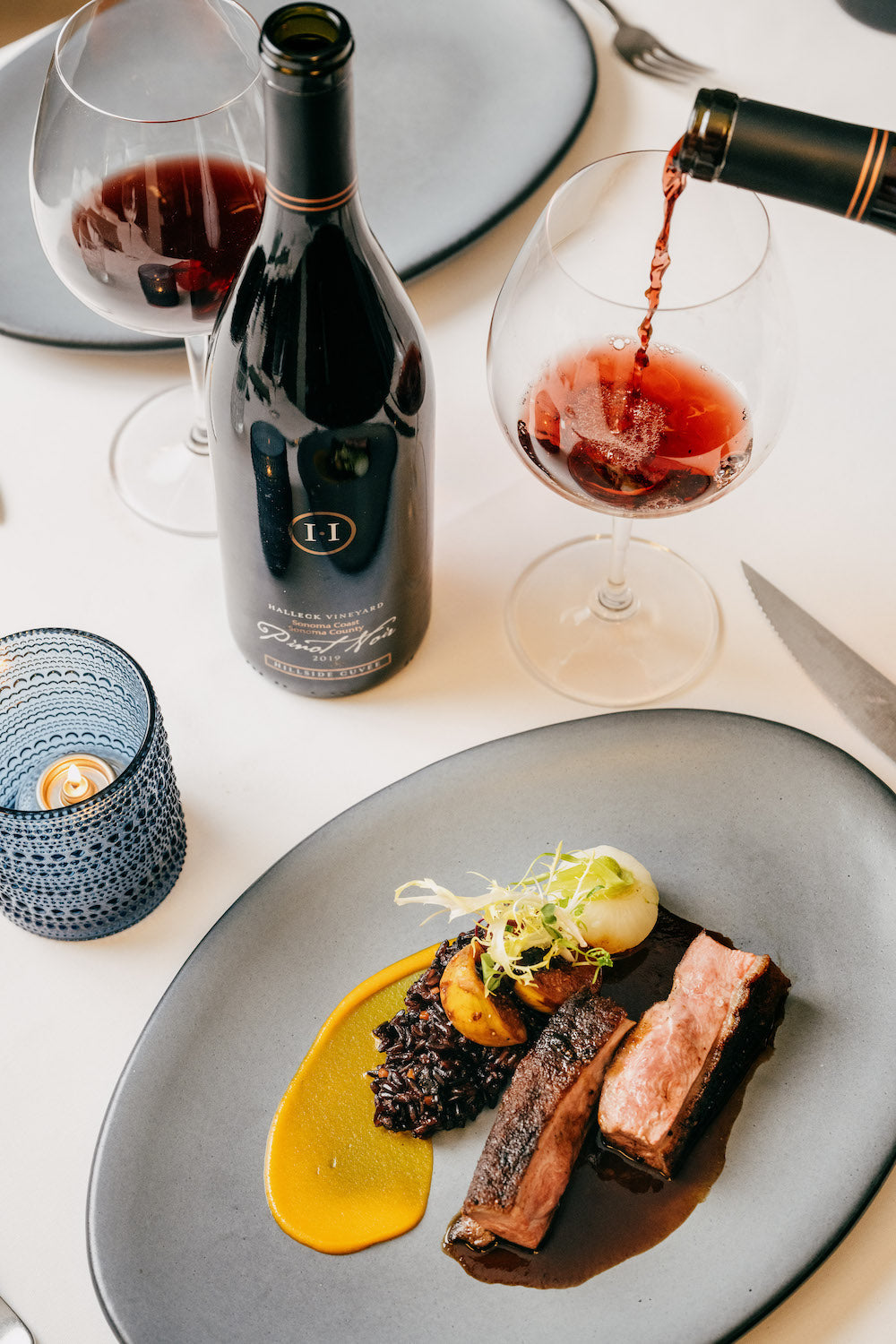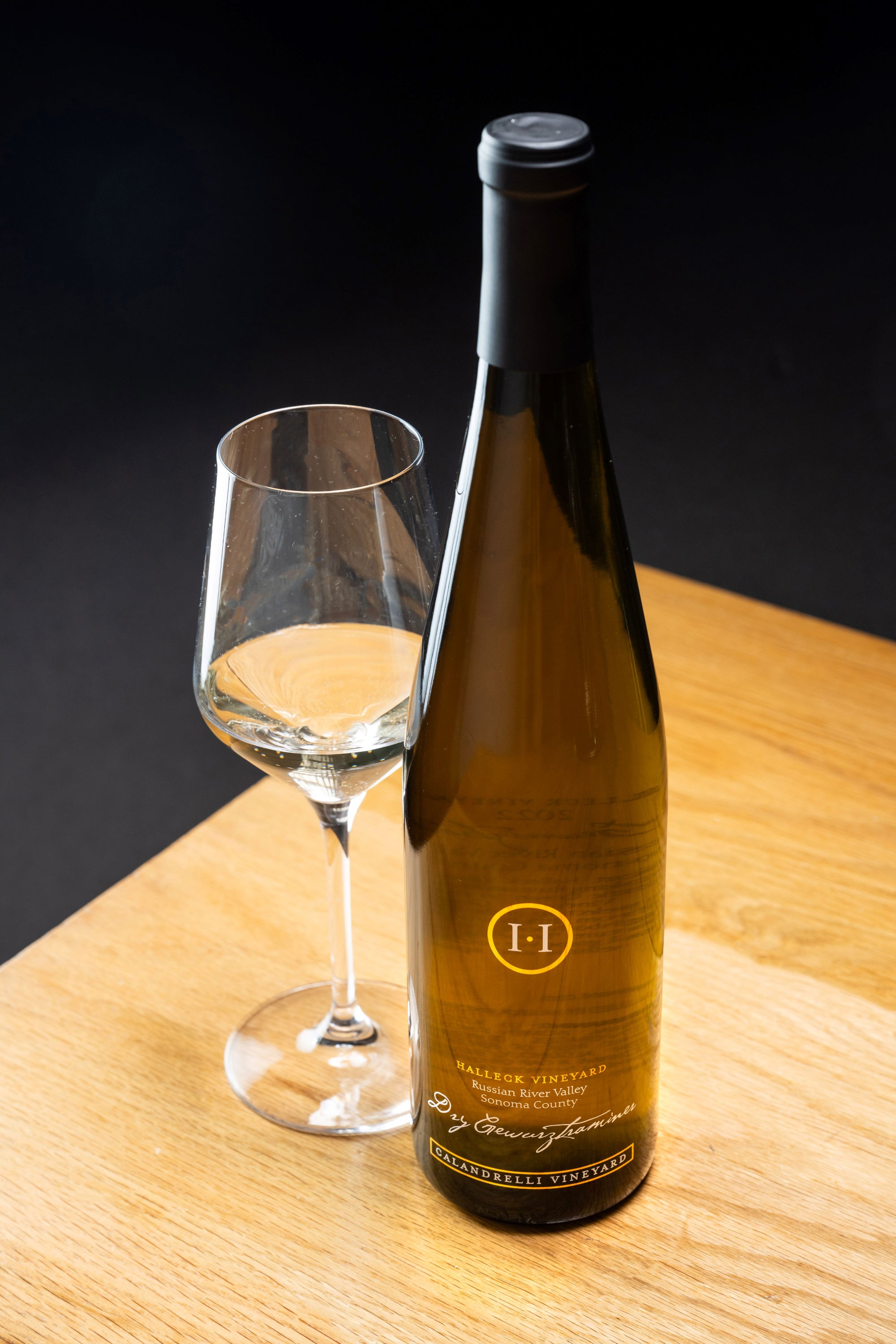Wineries Producing Pinot Noir And Chardonnay - Sebastopol Wineries
Wineries Producing Pinot Noir And Chardonnay - Sebastopol Wineries
Blog Article
Beautiful Picnic Areas At Sonoma Wineries - Wine Tasting Experiences In Sonoma Valley
Wine tasting is an art that mixes sensory experience with an appreciation for the nuances of different varietals. How to evaluate flavors in winery wine tasting classes is pivotal to grasping the complexities of wine.
Engaging in a wine tasting includes greater than merely sipping and savoring. It requires a centered method to determine aromas and flavors that every wine presents. As you start, observe the wine's appearance, noting its shade and clarity. These visual cues often counsel a wine’s age, grape variety, and even potential flavor profiles.
The subsequent step within the tasting course of is to swirl the wine in your glass. This motion releases aromatic compounds which would possibly be important for analysis. Lean in and take a second to inhale deeply; the aromas can vary from floral and fruity to spicy and earthy. The nostril of the wine is simply as essential as the palate, and recognizing scents plays a significant position in understanding the general experience.
When taking your first sip, allow the wine to move throughout your palate - Wineries Offering Elegant Wine Tastings. Notice the initial flavors that present themselves. Is the wine fruity, floral, or maybe herbaceous? This initial style offers perception into what the wine is prone to categorical as you proceed to judge it. The mouthfeel also contributes to the general flavor experience; it could be silky, tannic, or even effervescent.
Wineries Known For Their Hospitality - Sonoma Wine Tasting Adventures
As you continue tasting, pay attention to the wine’s stability. A well-balanced wine will harmonize acidity, sweetness, and tannins. If one part overwhelms the others, it'd point out a less fascinating high quality. Evaluating stability might help you establish how properly the wine might pair with food.
Transitioning to the finish, think about how the flavors evolve as the wine lingers on your palate. A long, pleasant finish can indicate a high-quality wine, whereas a short or abrupt finish may recommend in any other case. Replicate on whether or not the flavors stay consistent or if new notes emerge as the wine settles. This progression can reveal complexities and intricacies that might not have been obvious within the initial tasting.
Temperature can be a vital consider evaluating wine flavors. Completely Different types of wine are optimally enjoyed at particular temperatures. White wines typically shine when chilled, while purple wines usually perform best at room temperature. When tasting, ensure the wine is at the acceptable temperature to fully recognize its character.
Wineries Providing Guided Vineyard Walks - A Winery In The Sonoma Valley To Discover
Pairing food with wine can tremendously improve the tasting experience. Foods can influence the notion of flavors in wine, both highlighting sure traits or diminishing them. When evaluating flavors, consider how the wine interacts with different foods, noticing which flavors are amplified or muted (Intimate Wine Tasting Experiences In Sonoma).
Think About the affect of terroir as you have interaction in a winery tasting. Terroir encompasses the distinctive environmental elements that have an effect on grape growing, including soil composition, climate, and geography. Understanding a wine's terroir can provide insight into its flavors and aromas, fostering a deeper appreciation for the choices made throughout its cultivation and manufacturing.
Schooling performs a basic function in enhancing one's capability to gauge wine flavors. Learning about grape varieties, wine areas, and production strategies can pave the means in which for more informed judgments during tastings. Moreover, attending workshops or classes can refine sensory skills and broaden your flavor vocabulary, enabling you to articulate tasting notes more successfully.
Lastly, it's essential to do not neglect that evaluating wine flavors is a extremely personal experience. Individual preferences and perceptions will invariably shape one’s tasting journey. Enjoyment must be on the forefront, with the evaluation process appearing as a software to boost understanding and appreciation rather than create browse around this site inflexible tips.
Unique Wine And Food Pairings In Sonoma - Discovering The Vineyards Of Sonoma County
In conclusion, mastering the means to consider flavors in winery wine tasting sessions includes a mix of sensory engagement, information, and practice. By learning to establish aromas, assess the stability, and respect the intricacies of flavor, wine enthusiasts can deepen their connection to each bottle they encounter. As with any art kind, the more one immerses themselves within the experience, the extra they'll discover and benefit from the huge world of wine.
- Begin by observing the wine's shade and clarity, as these visible parts can trace at its flavor profile and getting older potential.
- Swirl the wine gently in your glass; this releases aromatic compounds, permitting you to raised identify the advanced scents related to the wine.
- Take a deep inhale before tasting, focusing on both primary and secondary aromas to assemble insights on fruits, spices, and other nuances.
- When tasting, enable the wine to coat your palate; note the initial flavors, the mid-palate complexity, and the finish as these phases can present completely different flavor highlights.
- Pay attention to texture and mouthfeel, as aspects corresponding to tannin ranges, acidity, and sweetness contribute significantly to the general tasting experience.
- Evaluate flavors in opposition to commonplace wine traits; for red wines, think about berry notes, oak affect, and herbal tones, while whites may include citrus, stone fruits, and floral hints.
- Take notes through the tasting session to trace your impressions, serving to you to remember and consider the different wines sampled.
- Talk About your findings with fellow tasters or winery staff, as sharing insights can improve understanding and appreciation of individual flavors.
- Permit time for the wine to breathe; generally, flavors evolve and reveal new dimensions after being exposed to air.
- Experiment with food pairings in the course of the tasting as they can dramatically alter how flavors are perceived, influencing total enjoyment.undefinedWhat should I search for when evaluating the aroma of wine throughout a tasting?
Start by swirling the wine in your glass to release its aromas. Bring the glass to your nostril and take a deep breath. Pay consideration to the first scents you detect, as these are sometimes essentially the most distinguished. Look for fruit, floral, herbal, or earthy notes and try to identify specific characteristics, which will deepen your understanding of the wine's complexity.
Wineries With Locally Sourced Food Options - Top-Rated Wineries In Sebastopol

How can I distinguish between different flavor profiles in wine?
Perceive that flavor profiles are sometimes categorized as fruit, floral, herbaceous, spicy, or mineral. Take small sips and permit the wine to coat your palate. Discover the primary flavors that emerge first and the subtle notes that follow. This layering is essential in distinguishing the wine's characteristics and can allow you to respect its distinctive profile.
Wineries Offering Virtual Wine Tastings - Enjoying The Best Wineries In Sebastopol
What is the significance of the wine's texture in a tasting?

The texture of the wine, also called mouthfeel, plays an important function in how we understand flavors. Pay attention to whether the wine feels easy, creamy, or gritty. The body of the wine (light, medium, or full) can enhance or contrast with flavors, offering a extra rounded experience during tasting.
How do I assess the steadiness of flavors in wine?
Balance in wine refers to the concord between acidity, sweetness, tannin, and alcohol. Take a second to assess whether or not these components complement or interfere with one another. A well-balanced wine could have none of its elements overpowering the others, creating a pleasant tasting experience.
Wineries Ideal For Large Groups - A Guide To Sonoma Wineries
What position does temperature play in evaluating wine flavors?
Temperature can significantly impact the perception of flavors. Usually, purple wines are best served slightly see beneath room temperature, whereas white wines take pleasure in being chilled. As the temperature changes, the aromas and flavors can shift, allowing you to perceive totally different characteristics. It’s essential to style wine at its optimum temperature for true evaluation.
Wineries That Host Harvest Festivals - Best Wineries In Sonoma For A Wine Experience
How can I enhance my tasting skills over time?
Practice is key to enhancing your tasting skills. Elegant Wine Tasting Locations In Sonoma. Attend tastings, keep a journal of your experiences, and explore various kinds of wines to broaden your palate. Additionally, learning about wine manufacturing and grape varieties can present context that enhances your analysis course of, making you a extra knowledgeable taster.
Is there a selected order by which I ought to style the wines?
Wine Tasting Events In Sonoma County - Tasting Rooms In Sebastopol
Sure, it’s advisable to style wines from light to full-bodied and dry to sweet. This development prevents the stronger flavors from overshadowing the extra delicate ones, permitting you to completely recognize every wine's traits and nuances without palate fatigue.
How can I consider the aftertaste of wine?
Wineries Perfect For A Relaxing Afternoon - Exploring Sonoma's Wine Landscape
The aftertaste, or end, is a crucial aspect of the wine-tasting experience. After swallowing, pay attention to how lengthy the flavors linger on your palate and whether or not they change. A lengthy, pleasant end is usually an indicator of a high-quality wine, while a brief or unpleasant end may suggest in any other case.
Why is it necessary to note the wine’s acidity during tasting?
Acidity contributes to the general freshness and structure of the wine. Pay consideration to the tingling sensation in your tongue; greater acidity can improve the wine's liveliness and balance out sweetness. Noting acidity helps determine the wine's versatility with food and its growing older potential.
What should I do if I wrestle to determine specific flavors in wine?
Wineries Near Highway 12 - Sebastopol Wine Tours And Vineyards
Struggling to identify flavors is frequent, especially for novices. Focus on broader categories and describe what you probably can recognize, similar to sweet or earthy notes. With practice, reading about different flavor profiles, and maybe utilizing flavor wheels, you will refine your senses and develop a extra nuanced approach to tasting. Report this page